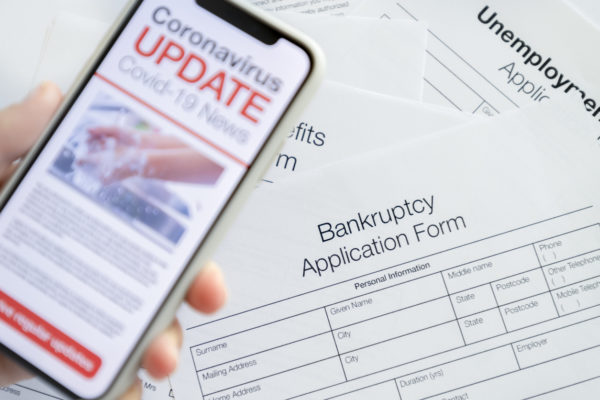The global pandemic wears on, along with the inevitable public policy responses and follow-on effects. Signs of the resulting economic carnage are everywhere, and bankruptcy will be unavoidable for companies large and small. Even at this relatively early stage, several high-profile corporations have already filed for Chapter 11 protection. Hertz Rent-A-Car is the latest example, having filed on May 22; it follows such companies as J.C. Penney, Neiman Marcus, J. Crew, and Gold’s Gym.
Conventional Chapter 11 reorganization is a complex and costly process. Take Hertz for example. Its bankruptcy involves 30 separate petitions for the company and its subsidiaries, billions of dollars in debt, thousands of layoffs, and high-stakes battles with the banks, the creditors’ committee, and the United States Trustee’s Office in the effort to push through a reorganization plan.
Until recently, Chapter 11 options were limited to the conventional reorganization process or a “small business debtor” variation that imposes more stringent requirements and government oversight. But the brand-new amendments to the Bankruptcy Code, which took effect in February, create a more streamlined path to Chapter 11 for small businesses. And in the wake of the pandemic, the CARES Act has expanded access to this form of bankruptcy protection, allowing companies with up to $7.5 million in debt to use this option until 2021. Small business owners need to become familiar with these new provisions as they work to survive during and after the COVID crisis.
Small businesses may now elect to file under Subchapter V of Chapter 11 of the Bankruptcy Code, which contains the following important features:
- Business owners can retain their equity interests without providing “new value” or paying unsecured creditors in full.
- The company has the exclusive right to file a plan of reorganization, meaning no competing plans may be proposed by creditors.
- A plan can get confirmed even without being accepted by creditors, as long as it is fair and equitable and does not discriminate unfairly.
- The process moves fast, with a mandatory status conference 60 days after filing and a 90-day deadline for filing a plan.
- Debts are discharged after payments through the confirmed plan are completed over a period of 36 to 60 months.
- A business owner may modify a residential mortgage that was taken out to support the company.
- In most cases, a creditors’ committee will not be formed, keeping costs down.
- Quarterly fees payable to the U.S. Trustee’s Office are eliminated.
As with other forms of bankruptcy, filing triggers an automatic stay that halts all collection activity. And even without filing, business owners familiar with all of their options will have additional leverage in negotiating with banks and other creditors. The company can file without the consent of its creditors, and those creditors will have no ability to file a competing plan. The business owner who understands these options will be better equipped to navigate the difficult economic times ahead, which will likely persist long after the country has reopened.
Cooper Levenson attorneys have the experience and resources to help you find the solutions you need, including with this brand-new small business bankruptcy option. Join us for a webinar on this topic and the PPP Flexibility Act on June 10 at 11 a.m.









